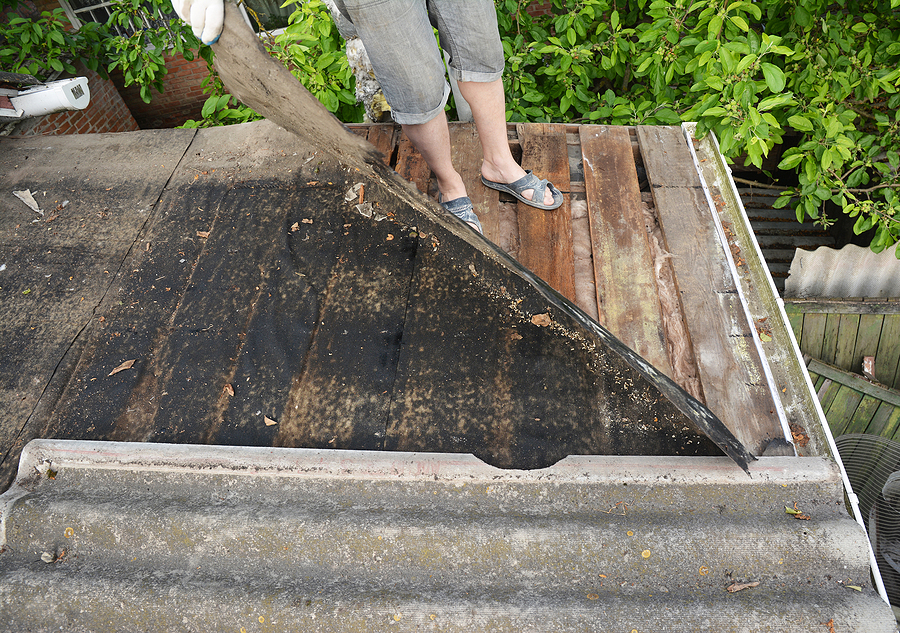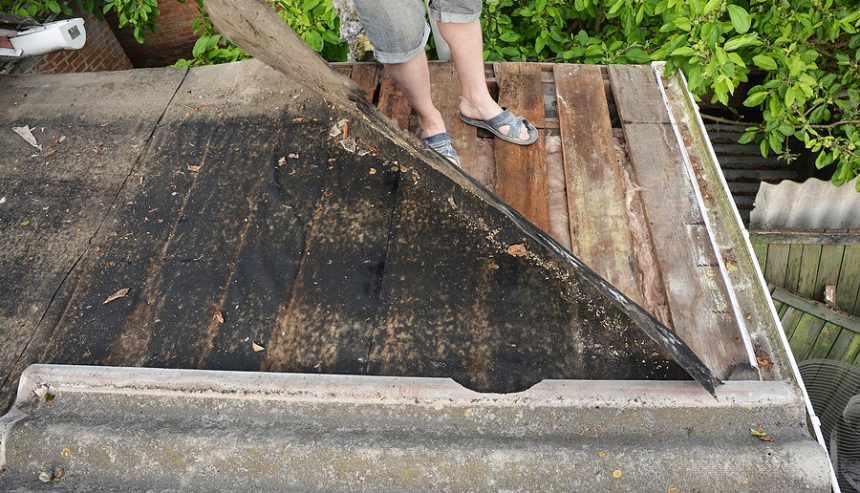Asbestos was once a popular building material, thanks to its durability, fire resistance, and insulating properties. From the early 1900s until the late 1970s, asbestos was used in thousands of products, from floor tiles to insulation. Unfortunately, we now know that asbestos fibers, when disturbed and inhaled, can cause severe health problems such as mesothelioma, asbestosis, and lung cancer. PuroClean of Noblesville is a professional asbestos testing company that is certified in asbestos abatement and will help you restore your home or building.

If you live in a house built before the 1980s, there is a real chance that asbestos-containing materials (ACMs) may still be present. Here’s how to identify whether your home may have asbestos—and what to do about it.
Where Asbestos Might Be Found
Asbestos can hide in many areas of older homes, including:
- Attic and wall insulation (especially vermiculite insulation)
- Vinyl floor tiles and adhesives
- Popcorn ceilings and textured paint
- Roof shingles and siding
- Cement pipes
- HVAC duct insulation and tape
- Hot water pipe and boiler insulation
Simply living around intact asbestos materials usually isn’t dangerous. The risk comes when these materials are damaged, deteriorating, cut, or disturbed, releasing microscopic fibers into the air.
Signs You May Have Asbestos
While asbestos itself isn’t visible to the naked eye, certain clues can help you suspect its presence:
- Age of the Home: If your house was built between 1930 and 1980, it’s more likely to contain asbestos.
- Original Building Materials: If you still have the original flooring, ceilings, or insulation, there’s a strong chance they could contain asbestos.
- Vermiculite Insulation: If you see loose, grayish, pebble-like insulation in your attic, it could be vermiculite contaminated with asbestos.
- Brittle Pipe Wrapping: Old white or gray wrap around pipes or boilers may be asbestos-based insulation.
How to Confirm Asbestos
Never try to scrape, cut, or pull a sample yourself. Disturbing the material increases the danger of exposure. Instead:
1. Hire a Certified Asbestos Professional: A licensed inspector will take samples safely, wearing protective equipment to avoid contamination.
2. Send Samples to an Accredited Lab: Only a laboratory can conclusively confirm if asbestos is present.
3. Get a Written Report: The inspector will provide a detailed analysis, outlining what materials contain asbestos and their condition.
What to Do If You Find Asbestos
If asbestos-containing materials are in good condition and undisturbed, it may be best to leave them alone. However, if they’re damaged or you plan renovations, removal or encapsulation is necessary. Always:
- Hire a Licensed Abatement Contractor: Professionals follow strict regulations to remove asbestos safely.
- Never Attempt DIY Removal: Improper handling dramatically increases the risk of exposure.
- Notify Future Contractors: If you know asbestos is present, ensure all workers are aware to prevent accidental disturbance.
Identifying asbestos in your home takes vigilance and professional help. If you suspect materials might contain asbestos, avoid disturbing them and consult an expert. With the right approach, you can protect your family’s health and ensure your home remains safe for years to come. Contact PuroClean of Noblesville at (317) 606-0353 to discuss your concerns about asbestos and get your home or building tested today.


